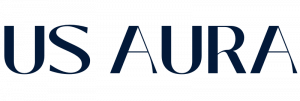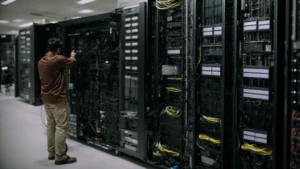In today’s age of information and big data, businesses send and receive various files and documents at a breakneck pace. This large information exchange occurs for many reasons related to business operations. Often these files may include sensitive information or confidential documents that need to be secure. Other times, businesses need to share material protected by copyright laws, related to intellectual property, or other information related to business intelligence. Today, anyone can forward and share these types of documents with relative ease, which makes keeping them secure a challenge. Without a strong digital rights management (DRM) system in place, companies can lose control of information as it is forwarded, copied, printed, or downloaded. A well-implemented DRM system can protect documents and files with encryption technologies. This allows information to be securely distributed in a controlled environment. DRM technology empowers organizations with full access control over the content, user access, IP address, devices, and more. Let’s take a look at how enterprises can manage document security using digital rights management.
Digital Rights Management
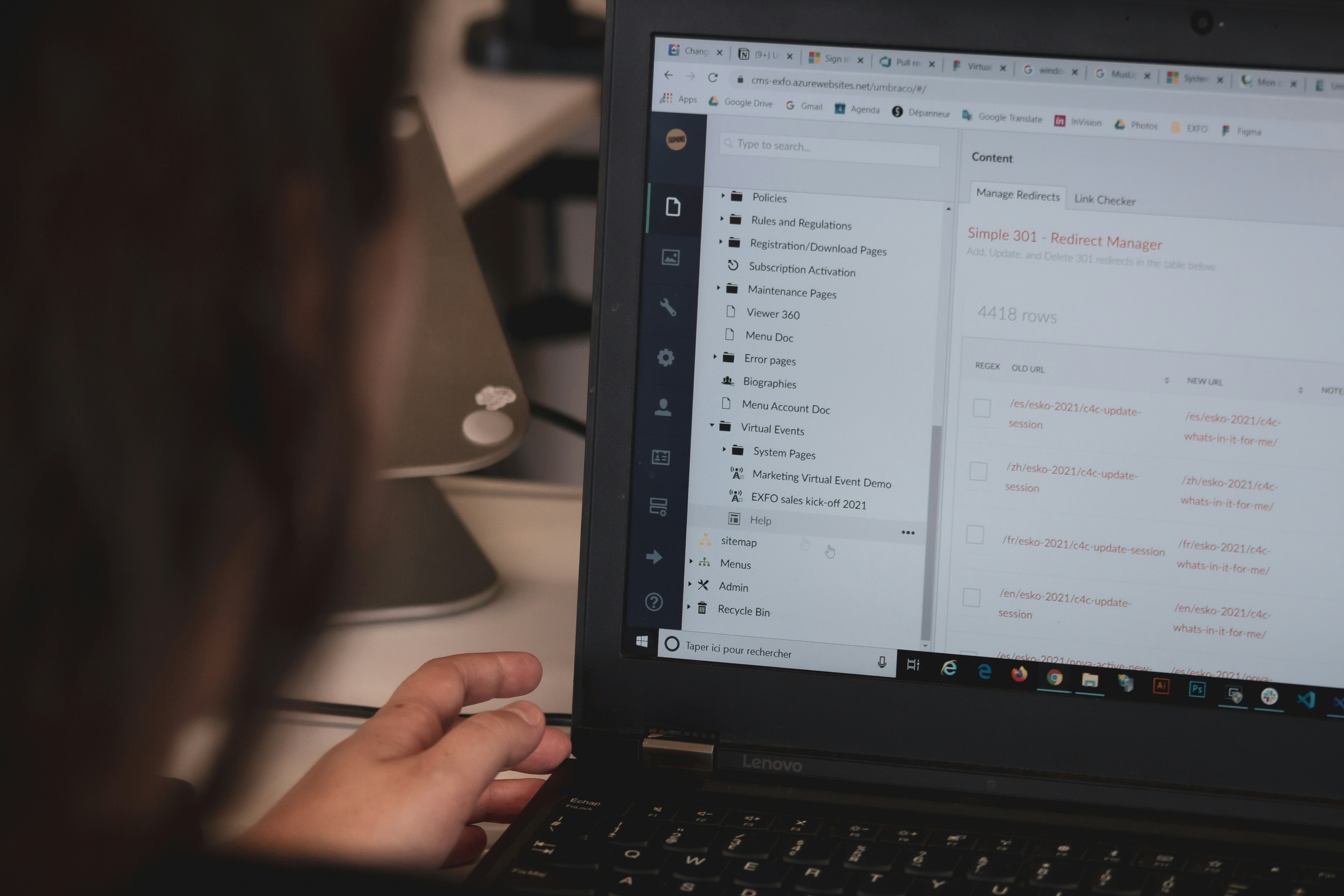
Digital rights management is the utilization of technologies and systems that allow individuals, companies, or other organizations to control what an intended audience can do with protected content. Sometimes called copy protection or copy prevention, DRM technology gives the sender the ability to prevent the unintended spread or release of certain information or material. The goal of a DRM system is to prevent copyright infringement or online piracy that can threaten the integrity of data, business intelligence, or other proprietary material.
As discussed, typically, DRM is meant to protect documents that could be sensitive, confidential, or proprietary. These could contain restricted information or intellectual property. In today’s digital age, there has been an increase in incidents where published works, documents, proprietary content, or data has been stolen and resulted in detrimental consequences. DRM technology cannot stop piracy from happening, but it can protect information from ever being put out there in the first place. Managing digital rights for documents and information can make it more difficult and inconvenient for third-parties to access information and pass it on without permission.
Document Protection

From watermarks to codes, a DRM system can greatly aid with the protection and management of digital material. Digital rights management includes building in codes that can restrict copying or limit the time or number of devices on which a certain product can be accessed. DRM technology gives content creators tools that encrypt information, documents, data, software, or any other material that needs copy protection. Only individuals and devices with decryption keys can gain access to the restricted material. DRM systems can also limit or restrict what users can do with material once they access it. There are several ways to manage content, software, or products with the use of DRM systems.
Security Protocols
A typical DRM scheme offers security protocols that restrict a user’s ability to initiate downloads, copy, print, or edit information. More advanced DRM systems could integrate features such as access revocation and document expiry. With digital media, it is very easy to copy the content of a document and paste it into an alternative source. When this happens, the information is now in the public domain and is no longer controlled by the creator. Implementing a DRM system can restrict users from copying or even creating a screenshot or screen-grab, which will keep information safe. In the same way, a DRM system can also prevent unauthorized sharing or forwarding to keep tight controls on the material and away from the public domain.
Other ways to manage document security with a DRM system includes restricting access to certain IP addresses, locations, or devices. This could mean that if the material is only available to an audience in a specific area, residents of other locations would not be able to access the information. Content creators could also incorporate a watermark on documents to establish ownership. A well-managed DRM system can give users the freedom to access the necessary materials and content creators the protection they need.
Technological advances can streamline workflow, but they also bring challenges with them. The use of DRM can be a great help in mitigating these challenges and risks and ensuring fair use of any proprietary information.
